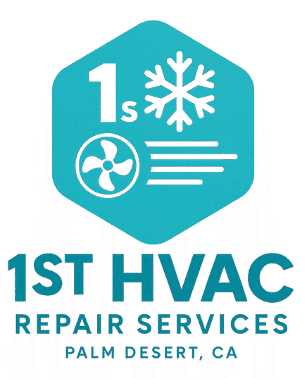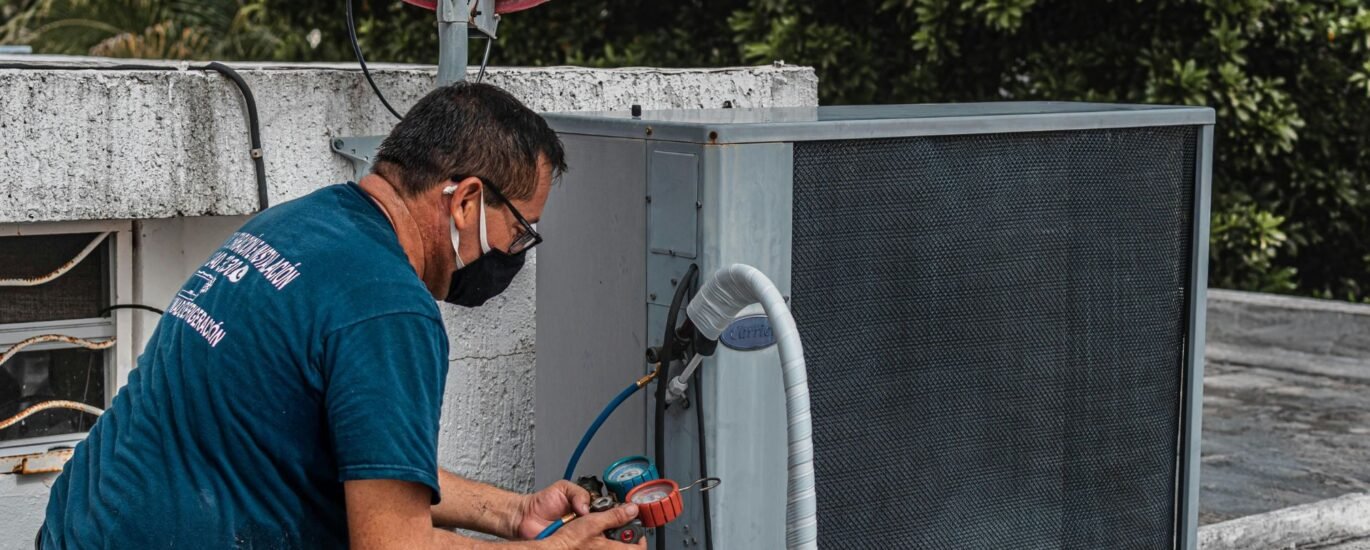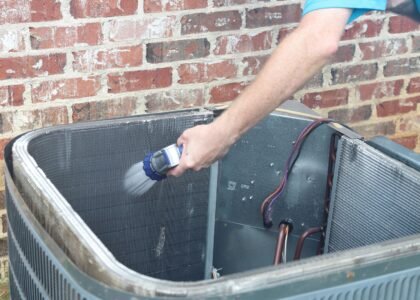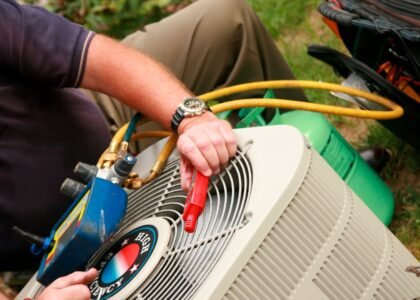Why Refrigerant Matters
When people think of air conditioning problems, they often assume fan failure, thermostat issues, or dirty filters. But many cooling inefficiencies trace back to low or leaking refrigerant. Refrigerant is the medium that actually carries heat away from your home—if something’s off, your system works harder, wastes energy, and struggles to keep you cool.
Key Warning Signs That You Might Need a Refrigerant Recharge
Watch for these signs. If you notice several at once, it’s time to consider a refrigerant top-up.
- Poor Cooling Performance
If your AC runs but doesn’t cool well or takes much longer than usual, low refrigerant could be the culprit. - Ice or Frost on Evaporator Coils
When there’s not enough refrigerant, pressure drops, and the coil can freeze over. - Hissing or Bubbling Noises
Refrigerant leaks often produce subtle hissing, bubbling, or gurgling sounds in the lines. - High Energy Bills
Because the system is working harder to reach desired temperatures, electricity usage rises. - Longer Run Times
The AC runs nearly constantly but never seems to get the home to temperature. - Warm Air from Vents
Even when compressor outdoor unit is running, air blowing from vents feels lukewarm or warm.
What Happens If You Ignore Low Refrigerant
Neglecting low refrigerant can lead to bigger problems:
- Compressor Damage — The compressor doesn’t get appropriate pressure; this can overheat or strain it.
- Frozen Components — Frozen evaporator coils reduce airflow and can lead to system shutdowns.
- Poor Indoor Comfort — Uneven cooling, hotter rooms, inconsistent temperatures.
- Higher Repair Costs — Small leaks become major ones, parts wear prematurely.
How a Professional Refrigerant Recharge Works
Here’s what happens in a proper recharge, such as the service described on the Refrigerant Recharge service page:
- Diagnose system pressure and check for leaks.
- If leaks are found, seal or repair them before adding refrigerant.
- Evacuate any air or moisture from the lines.
- Recharge to the manufacturer-specified level (neither too little nor too much).
- Test system operation and ensure everything runs smoothly.
Tips to Prevent Needing Frequent Recharges
A recharge is not always a one-time fix. To extend the intervals:
- Keep filters clean.
- Ensure vents and registers are clear.
- Have regular AC maintenance (coil cleaning, checking line insulation).
- Make sure refrigerant lines are insulated and protected.
- Monitor any hissing noises or odd behavior early.
When to Call for Help
If you see signs of refrigerant problems or are unsure whether your system needs recharging, reach out. For experienced service, you can learn more about our Refrigerant Recharge offering or Contact Us to set up a consultation.



